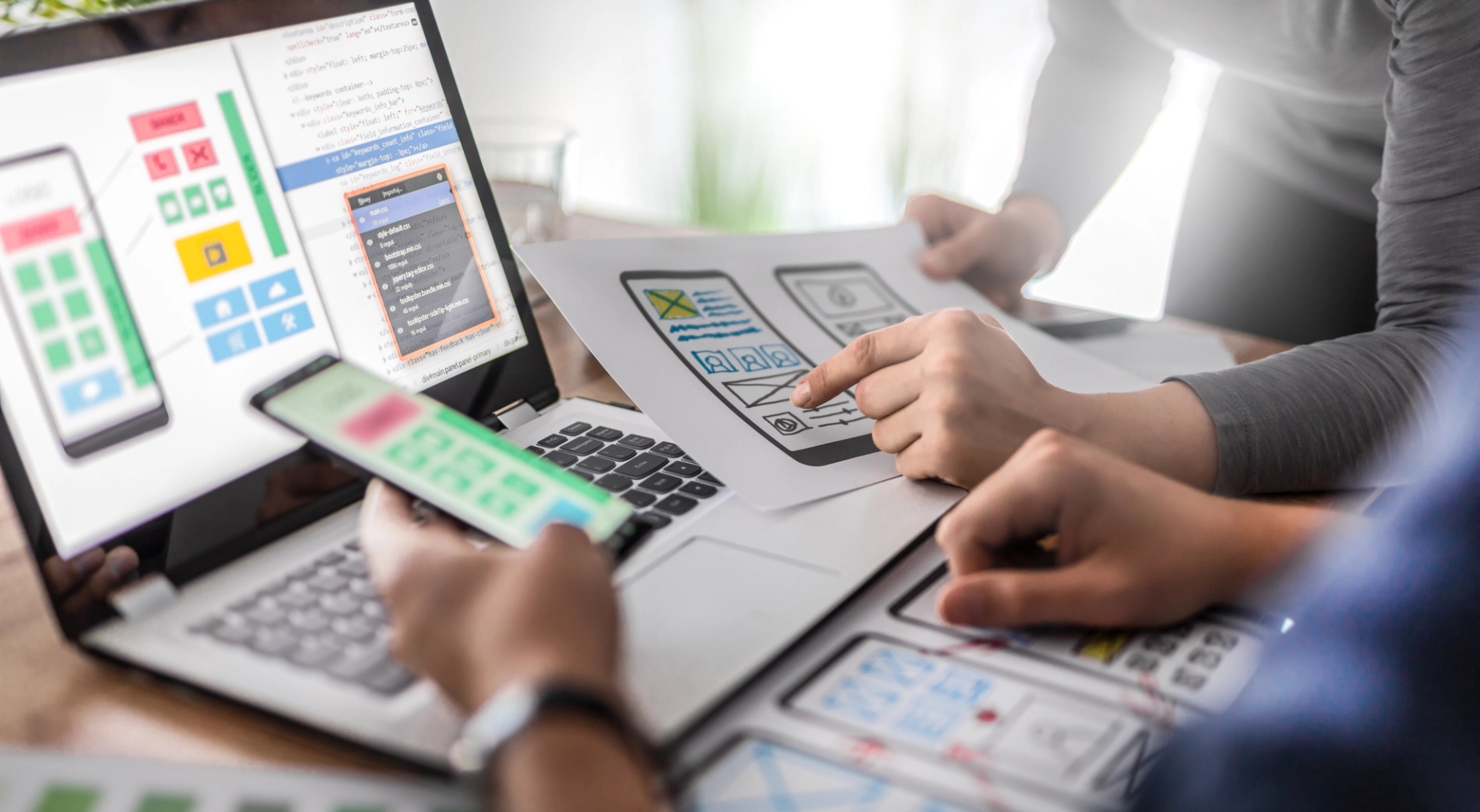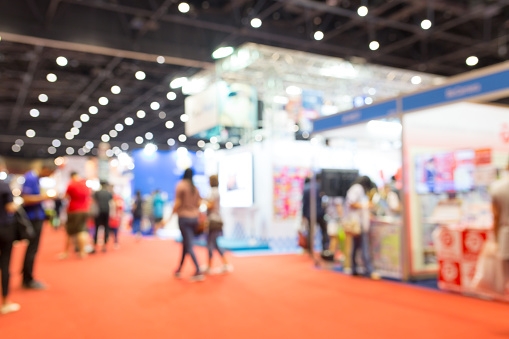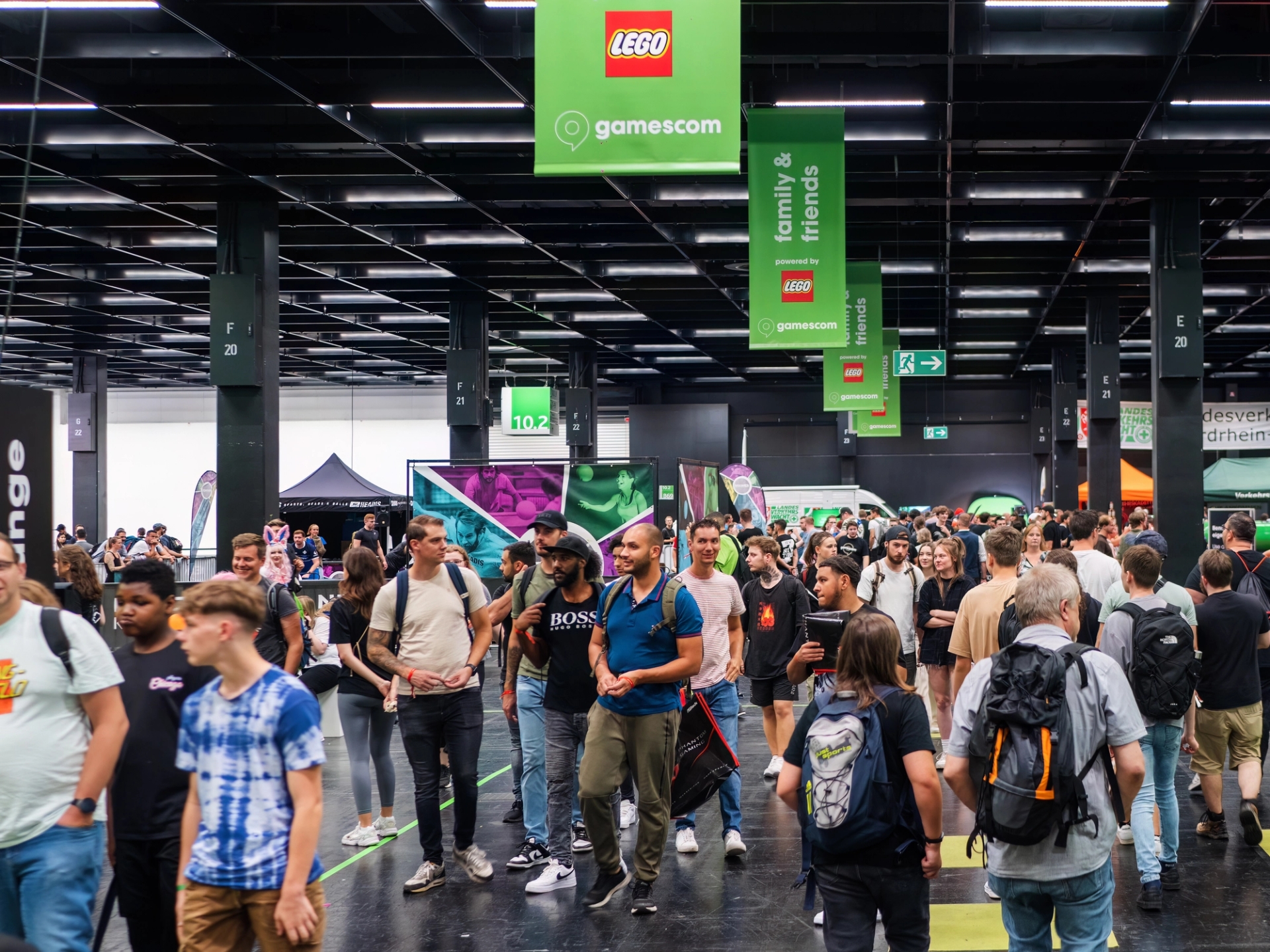Nail Your Trade Show Budget: Expert Strategies to Maximize ROI With Free Template
Discover effective budgeting strategies to maximize your trade show ROI. Get practical tips and a free template to enhance your planning. Read more!

In the fast-evolving trade show industry, where competition is fierce and expectations are high, effective budgeting is your secret weapon. Whether you're planning a massive international exhibit or participating in a smaller regional event, every dollar must work hard.
This guide offers detailed budgeting strategies, a free trade show budget template, and actionable insights to help event organizers plan successful events, minimize risks, and maximize ROI. If you are new to trade shows then you must read about end to end trade show planning guide to get comfortable with the concept.
Budgeting Tool – Free Trade Show Budget Template
To make this easier, download our free trade show budget template—a proven budgeting tool built specifically for event organizers. This template acts as a strategic tool for comprehensive financial planning, performance measurement, and guiding decision-making to maximize ROI. It includes:
- Categories to log common expenses
- Space to compare planned vs actuals
- Auto-calculated ROI section
📥
Tip: Use this budget data to improve forecasting for future events and inform your master trade strategy.
Why Smart Budgeting is the Foundation of Trade Show Success
Planning a trade show isn’t just about logistics—it’s about aligning your financial investment with your strategic business goals. From trade show booth planning and marketing to lead generation and booth staff training, a clear budget ensures you track expenses effectively and stay focused on ROI.
Trade show budgeting is the process of planning, allocating resources, and measuring ROI for trade shows. It plays a crucial role in guiding strategy, optimizing performance, and controlling costs for successful exhibitions.
Key benefits of strong financial planning:
- Supports long-term future strategies
- Aligns with trade show objectives
- Enhances your trade show performance
- Helps you identify and manage common expenses, hidden costs, and unforeseen expenses
- Provides valuable insights for continuous improvement
Step 1: Start with Strategic Planning
Before you start budgeting, take a moment to set clear trade show goals. Whether your aim is to generate leads, connect with potential customers, boost your brand’s visibility, or enter new markets, your goals should shape how you spend your budget.
Key Questions to Define Your Budgeting Strategy
- What is the expected ROI for this trade show?
- Who is your target audience?
- What key outcomes define a successful trade?
Tip: Use Azavista’s trade show planning software to map goals, track KPIs, and align your trade show planning process across teams.
Step 2: Decide Categories to be included in Trade Show Budget
A complete trade show budget includes several key cost areas. One of the biggest expenses is usually the exhibit and floor space. Make sure to factor this in early, as it has a big impact on your overall costs and the success of your event.
1. Booth and Exhibit Costs
Exhibit design plays a crucial role in attracting attendees to your booth and supporting engagement, making it an essential part of your overall exhibit management and budget allocation. Following are the costs to consider:
- Booth rental fees
- Booth construction and materials
- Graphics, signage, and displays
- Shipping and drayage
- Utilities (electricity, internet, etc.)
- Carpeting, furniture, lighting
2. Staffing
Lodging costs can be reduced by booking accommodations early, seeking group discounts, or choosing hotels with negotiated event rates to help control overall travel expenses. Following are the
- Staff registration fees
- Per diem and meals
- Lodging costs
3. Travel Expenses
- Flights, ground transportation, lodging
- Per diem and overtime for booth staff
- Travel insurance and unforeseen delays

4. Promotional Materials
- Swag, flyers, demo videos, brochures
- Digital marketing materials
- Branded giveaways that support your sales pitch
5. Lead Generation & Technology
Effective lead capture not only streamlines the process of collecting and scoring leads in real-time, but also directly impacts the total number of leads generated—one of the most important KPIs for measuring trade show success.
- Lead retrieval systems
- Badge scanning and data capture tools
- Lead capture systems for collecting attendee information
- CRM integration and follow-up workflows
6. Staff Training & Attendee Engagement
- Pre-show briefings
- Role-playing for handling objections
- Real-time feedback collection for on-site improvements
7. Miscellaneous and Hidden Costs
- Internet, Wi-Fi, electric
- Unexpected expenses (last-minute booth changes, printing errors)
- Shipping, insurance, and customs duties for international shows
Step 3: Lookout for Trade Show Sponsorship and Partnerships – Unlocking Extra Value
Maximizing your trade show investment isn’t just about what you spend—it’s also about the value you create through strategic sponsorships and partnerships. Collaborating with other companies or organizations can amplify your trade show presence, drive lead generation, and help you stay within your trade show budget.
Increased Brand Visibility: Partnering with complementary brands can expand your reach and attract more trade show attendees to your booth, making your participation more impactful.
Cost Savings: Sharing costs for booth space, promotional materials, or event activities allows you to stretch your trade show budget further. This approach can make high-visibility opportunities more accessible, even for smaller exhibitors.
Enhanced Trade Show Experience: Joint activities, co-branded giveaways, or shared demo areas can create a more engaging experience for attendees, increasing the likelihood of meaningful interactions and successful trade outcomes.
Lead Generation and Networking: Partnerships can open doors to new qualified leads and valuable industry connections, boosting your trade show ROI.
Best Practices for Partnerships:
- Align your partnership goals to ensure mutual benefit and a cohesive trade show strategy.
- Clearly define each partner’s roles and responsibilities to avoid confusion during the event.
- Establish a dedicated budget for the partnership that fits within your overall trade show budget.
- Set measurable objectives and track results to evaluate the success of your collaboration.
By leveraging sponsorships and partnerships, you can unlock extra value from your trade show participation, enhance your trade show presence, and drive better results without overspending.
Step 4: Trade Show Planning Timeline – Your Roadmap to a Stress-Free Show
A detailed trade show planning timeline is your best ally for a stress-free, successful exhibition. Mapping out each step ensures you stay organized, meet deadlines, and keep your trade show budget on track. To make the most out of this step, you must create a checklist which comprises of in-depth steps to be taken at every step of trade show planning.
12-16 Weeks Before the Show: Define your trade show objectives, identify your target audience, and set your total budget. Research and select the trade show that best aligns with your goals for a successful trade show experience.
10-12 Weeks Before the Show: Secure your exhibit space and begin working on booth design and construction. Early decisions here help you lock in prime locations and avoid rush fees.
8-10 Weeks Before the Show: Develop your marketing plan, including promotional materials, social media engagement, and email campaigns. This is the time to create eye-catching collateral that will attract trade show attendees.
6-8 Weeks Before the Show: Finalize staff training and scheduling. Book travel and accommodation for your booth staff, ensuring everyone is prepared and costs are minimized.
4-6 Weeks Before the Show: Confirm all logistics, including shipping, drayage, and on-site services. Double-check that your booth design and materials are ready for transport.
2-4 Weeks Before the Show: Review your trade show budget template, making sure all expenses are accounted for and you’re staying within your planned spend.
1-2 Weeks Before the Show: Conduct a final review of your entire trade show plan. Make any last-minute adjustments to ensure a smooth, successful exhibition.
By following this timeline and regularly updating your trade show budget template, you’ll be well-prepared for a successful event. Careful planning, attention to detail, and proactive staff training will help you achieve your trade show objectives and maximize your return on investment.

Step 5: Maximize Your Trade Show ROI
Optimize Booth Location and Layout
Your booth location and design affect how many people stop by—and how long they stay.
- Choose a prime booth location if within budget
- Design your layout to support both high-traffic engagement and focused demos
- Coordinate your trade show floor plan to align with nearby foot traffic
Planning tip: Use a champs trade show floor plan or venue map to find optimal placement. Incorporate this into your trade show logistics planning documents.
Use Digital & Social
Social media extends your reach beyond the booth. Promote your presence before, during, and after the event using:
- Hashtag campaigns
- Behind-the-scenes stories
- Live demos
- Real-time feedback polls
Tools like Azavista can automate social scheduling and help measure impact through built-in engagement tracking.
Track Every Dollar Spent
One must intend to avoid common mistakes while trade planning to ensure they are able to make most out of available resources. Use Azavista’s trade show planning software to track expenses in real-time, giving you a clear overview of:
- Budget variance
- Spend by category
- ROI by activity
Remember: Every dollar spent should push you closer to a lead, deal, or meaningful brand interaction.
Focus on Results, Not Just Reach
- Measure qualified leads vs. total leads
- Review social media mentions and engagement levels
- Track attendee engagement at demo areas
- Use post show analysis tools to determine cost per lead
Step 6: Look out for Planning Tools to Make You a Master Trade Show Organizer
Modern organizers don’t work from spreadsheets alone. To become a master trade planner, you need digital tools that integrate:
- Budgeting and finance
- Registration and check-in
- CRM and follow-up
- Trade show planning template dashboards
Azavista’s unified platform supports the full event planning trade shows lifecycle—from planning for trade shows to reporting.
Step 7: Post-Show Review and Continuous Improvement
After the event:
- Conduct a team debrief
- Compare budgeted vs actual costs using your budgeting tool
- Track key metrics like:
- Leads generated
- ROI by channel
- Cost per qualified lead
- Most effective promotional item
Adjust your future strategies based on insights gained through this. And, Timely follow ups are essential for lead nurturing, measuring success, and ensuring continuous improvement after each event. You must use data bases analytics to understand what worked and what didn't.
Tip: Use the Azavista dashboard to store and analyze this information, then plug it into your trade show planning checklist for the next event.

Final Thoughts: Budget Smarter, Not Harder
Success at a trade show doesn’t come from spending more—it comes from spending smarter. With careful planning, solid tools, and a clear eye on your return on investment, you can build a repeatable framework for successful trade shows year after year.
Azavista helps you master every stage of the trade show event planning process—from the first planning document to the last follow-up email. Let us help you plan smarter, scale faster, and turn your next trade show into a growth engine.
More Event Planning












